Hello!
My name is Alina, and I have been working in voxel art since 2018. This creative journey has become a constant source of inspiration and personal growth for me. Today, I want to share the key stages of modeling that I use while working on my projects. This post may be helpful for who wish to present their art in the wide world of The Sandbox but have no idea where to begin. Players are sure to appreciate unique and beautifully crafted voxel art created with passion and a deep understanding of how everything works!
In art, I believe there are no strict boundaries or rules. However, in my creative process, I follow certain steps that help me maintain focus and see my work through to completion. Allow me to share my personal observations with you.
Please note that everything described here is my subjective opinion based on my own practice. I sincerely hope that every reader finds my advice helpful!
Concept and Idea
For me, having an idea that serves as the foundation for my work is important. It doesn’t always have to be a thoroughly detailed plan; sometimes inspiration strikes unexpectedly from a book, a movie, a game, or even from a casual glance at an object that I want to recreate. Sometimes the idea comes from someone else, like a client. In such cases, it’s important for the concept to be clear and agreed upon by both parties. However, in your own creative work, you are free to follow any decisions and directions that resonate with you.
If you plan to create voxel models for The Sandbox marketplace, it's worth exploring the suggested categories there, which can serve as a foundation for your future asset collections.
When it comes to developing game projects, having a clear concept is a must. Consider what your vision is for your future voxel game: what will make it interesting to players and how it should look in its final stages of development. The game's concept directly influences its visual style and internal mechanics. For inspiration, I recommend checking out the Experience Gallery on The Sandbox website, where many talented creators share their work.
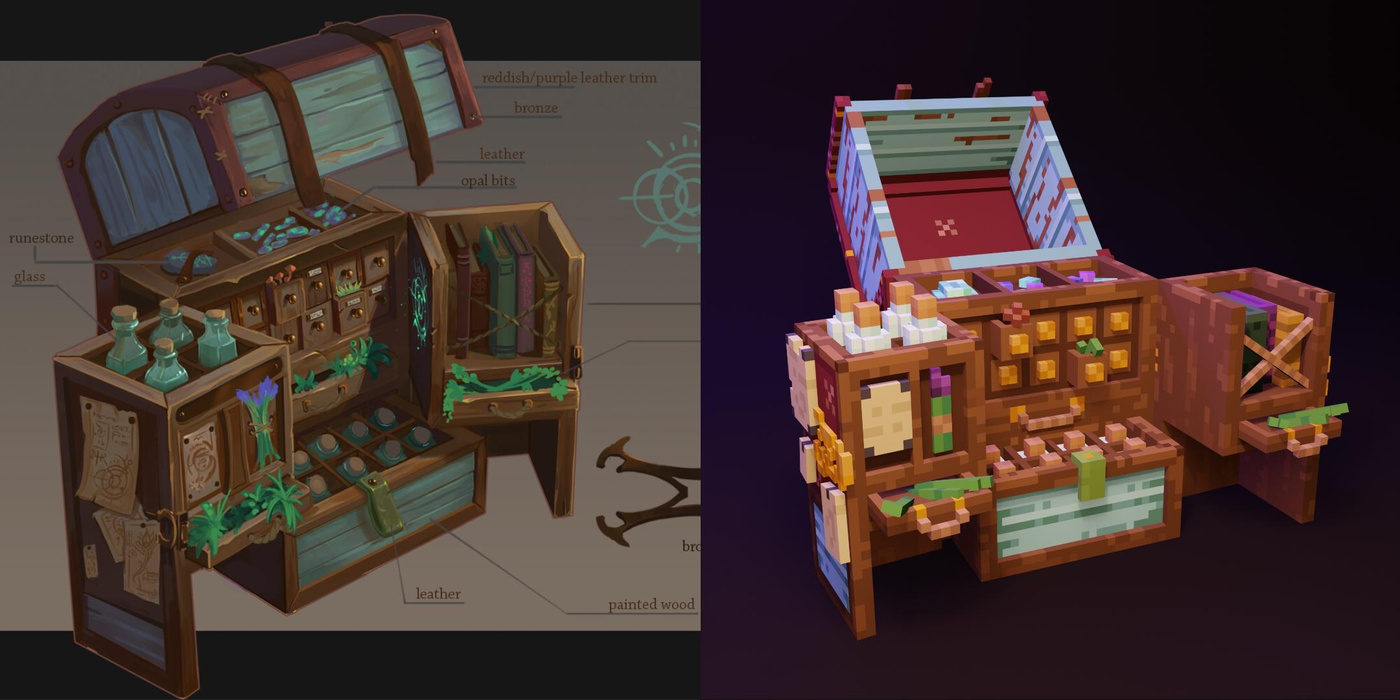
References
Sometimes an idea is born entirely from my imagination, and I rely completely on my creativity to bring it to life. But in most projects, I turn to references. They help me choose shapes, textures, colours, and other key parameters. I never aim to copy references completely; instead, they serve as little guiders before I finalize my vision for the upcoming personal project. However, when it comes to a project with clear technical specifications, working with references becomes an integral part of the entire creation process.
Using references helps you gain a better understanding of the direction you should take. And if you're working in a team, references ensure synchronization, allowing you to stay on the same page with your colleagues.
Working with references is a vital aspect of any art form and deserves to be discussed in more detail in a separate post.
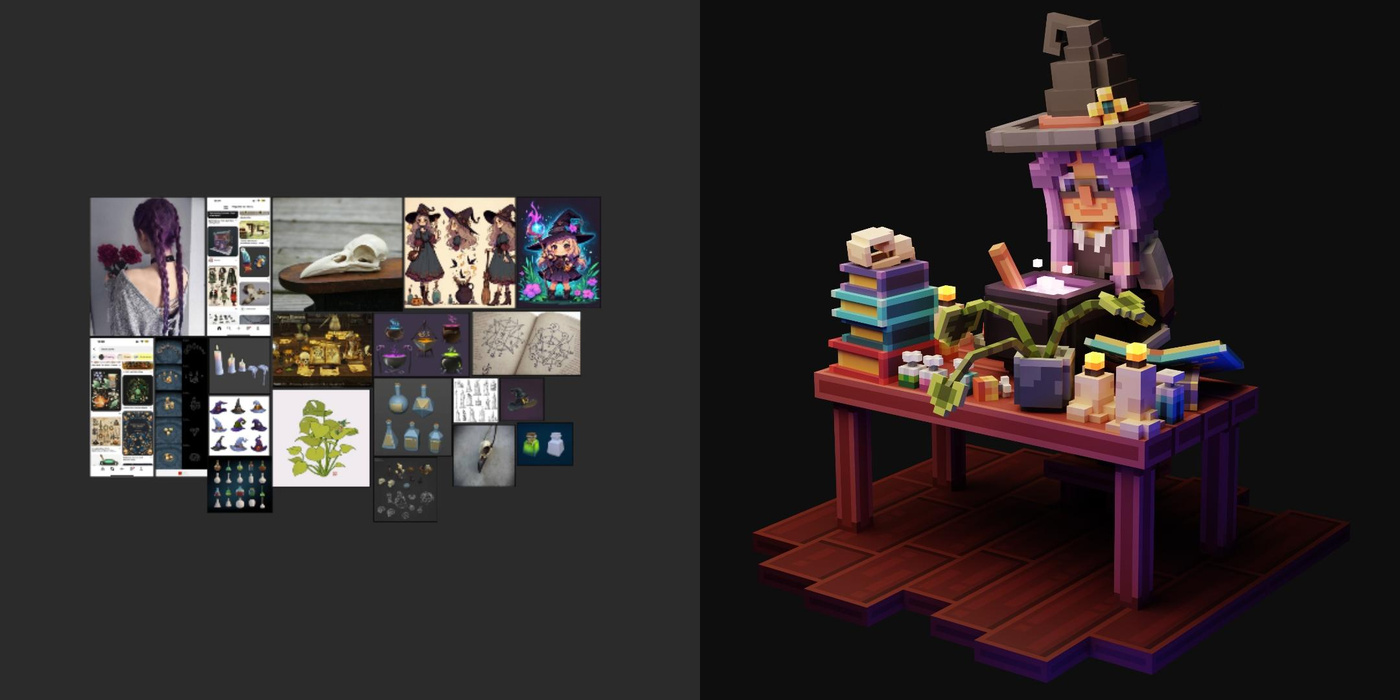
Palette
For an artist, the palette is one of the most important elements that sets the tone for the entire work and conveys the emotional atmosphere of the project. Basic knowledge of colour theory is a tool that will always come in handy. In my art projects, I prefer to use a limited number of colours, carefully selecting subtle variations of them to represent different materials. It’s important not to get carried away with an abundance of shades. I also use a limited number of colours for a game asset in the initial stages. Basic colours make the asset’s shape easy to read and help identify where to add colour details later on.
When it comes to games, choosing the main palette also plays a key role. Do you want your game to be as vibrant as The Legend of Zelda or as dark as Silent Hill? This question should be considered in the earliest stages of game development.
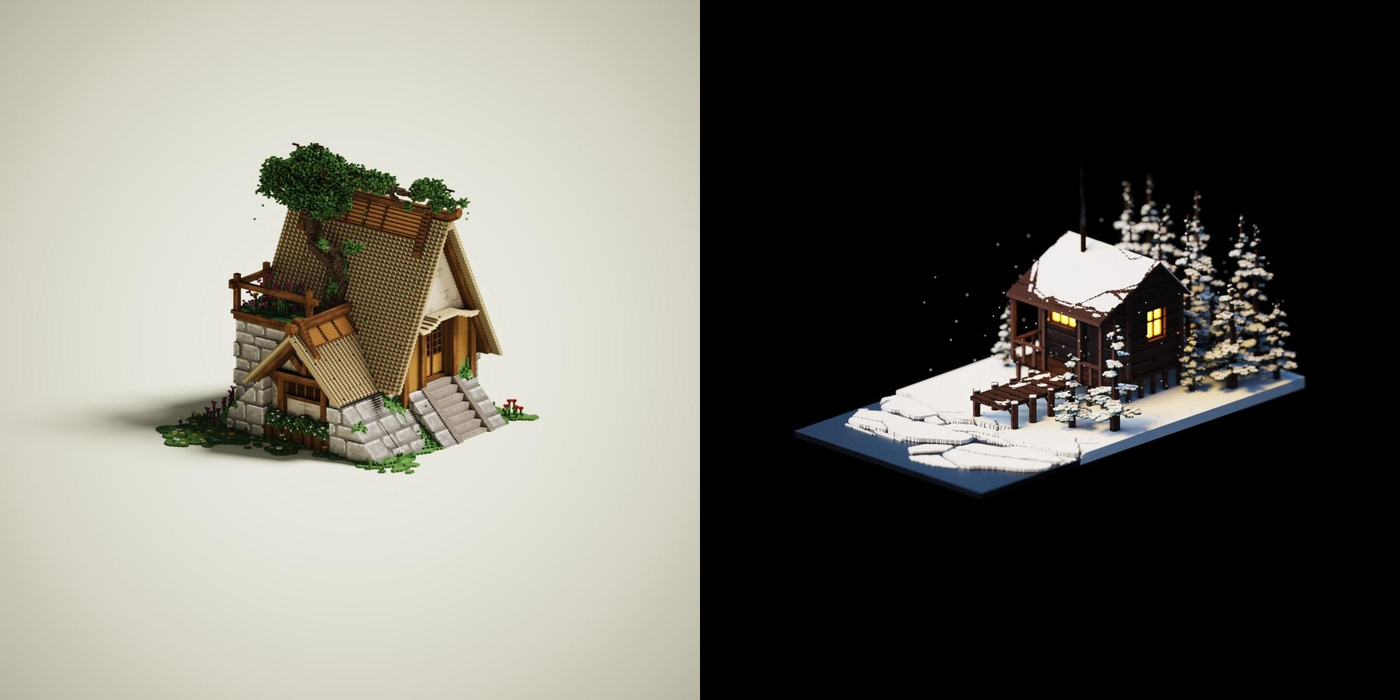
Blocking
Before diving into details, I always recommend starting with blocking — working with simple shapes. In the early stages, this helps determine the overall volume and approximate silhouette of the project.
Shape defines character, and this is especially true for game characters. A character with smooth, rounded lines appears friendlier, while sharp angles create a more aggressive look. A tall character with a bulky upper body and long, thin legs will be perceived as a brute, whereas a short character with a large upper body and small legs will come across as comical. The same applies to other game objects: shape can establish their character and help players understand what they are dealing with.
Once the main structure is ready, you can move on to the details. Throughout the process, it’s a good idea to regularly check your work, using zoom, rotating the model, and assessing how it looks from different angles. I believe many artists have experienced the moment when excessive detailing of a single element disrupts the balance of the entire composition.
Voxel art is quite different from traditional 3D modeling. A voxel is a cube. By using varying quantities of cubes, you can create diverse block structures. Each cube matters, and it's important to remember this. The quantity of cubes affects not only the primary shape but also the optimization of each game asset, which should not be overlooked in case you want to create a voxel game.
If you want to showcase your voxel game in The Sandbox, this platform offers its own design recommendations that you should follow to optimize your games and ensure maximum enjoyment for players. You can find all the necessary details at the link: The Sandbox Creators Documentation.
And one more important piece of advice: be consistent while working on the project. This may seem tedious, but consistency is one of the key factors for success in any work. It helps organize the process and lead the project to completion.
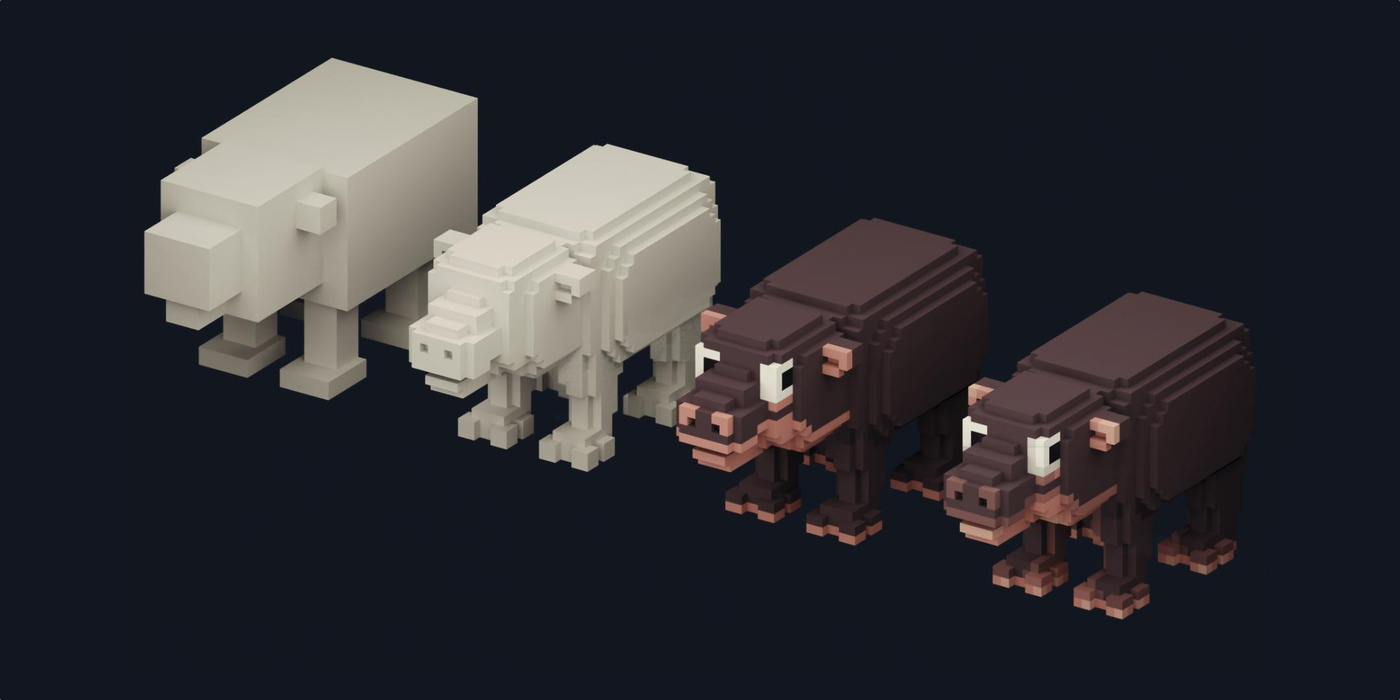
When Things Don’t Go Well
Everyone knows the feeling of frustration when, at a certain point, the work no longer brings happiness. You redo your project over and over again, sometimes finding a solution, then getting disappointed and wanting to delete everything. This is absolutely normal. That’s the nature of creativity — it’s rarely smooth and always demands effort. In such moments, it’s important to give yourself a break, rest, and distract yourself. This doesn’t mean you’re a bad artist; it simply means that now is not the right time.
I have found myself in similar situations many times. I have experienced burnout when the creative process stopped bringing me joy, forcing me to take a break. But there always comes a moment when I return to work with renewed energy. These periods teach us perseverance and patience. If something isn’t working out, you just need to push through this phase, take a deep breath, and move on.
Allow yourself to take breaks and step away from your project when you feel you need this. If I have to choose between speed and quality, I will always prioritize quality. This is something that players especially appreciate when assessing your game project.
Equally important is drawing inspiration. It is the fuel for creativity. Seek it everywhere: in the works of your favourite artists, in books, movies, games, and in everyday life. Search for your style, your unique expression. The key is not to stop. Strive for the best; challenge yourself. But don’t forget to enjoy the process. After all, what is creativity without joy?

In conclusion, I want to emphasize that creating stunning voxel art requires creativity and a desire to explore this field from various perspectives. Voxel art can evoke a sense of nostalgia for early gaming styles, while also providing modern opportunities for detailed, dynamic worlds. Voxel graphics are suitable for indie games, and with the growing accessibility of platforms like The Sandbox, voxel graphics are expanding beyond games into digital art, metaverses, and user-generated content.
Voxel graphics offer a unique artistic style that can set a game apart, inviting both creativity and immersive interaction. So, feel free to explore and experiment with voxel art!
If you're looking for a voxel artist for your project or would like to discuss potential collaboration, I’d be happy to hear your proposals. Feel free to reach out to me to discuss your ideas!
And join me on Twitter, where I share all my latest voxel art creations!
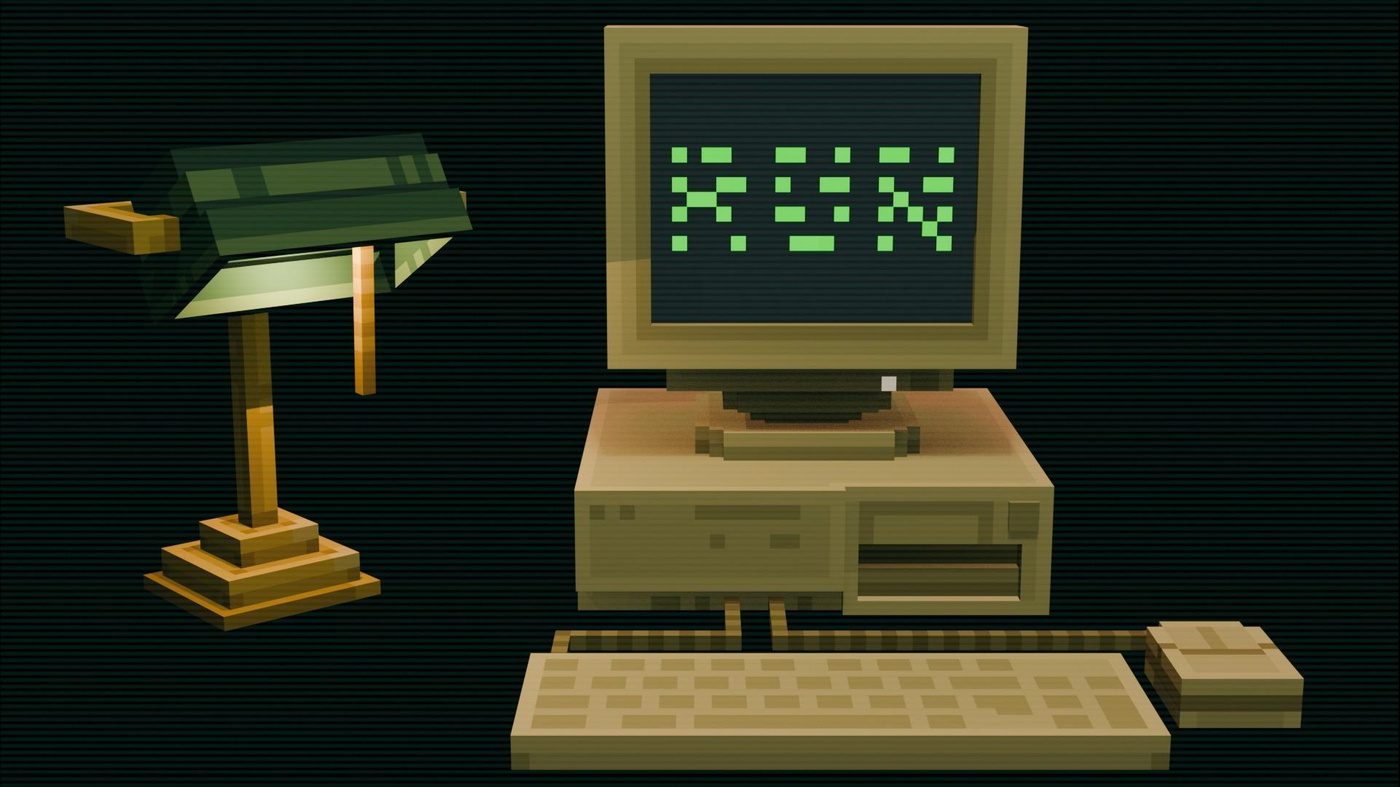
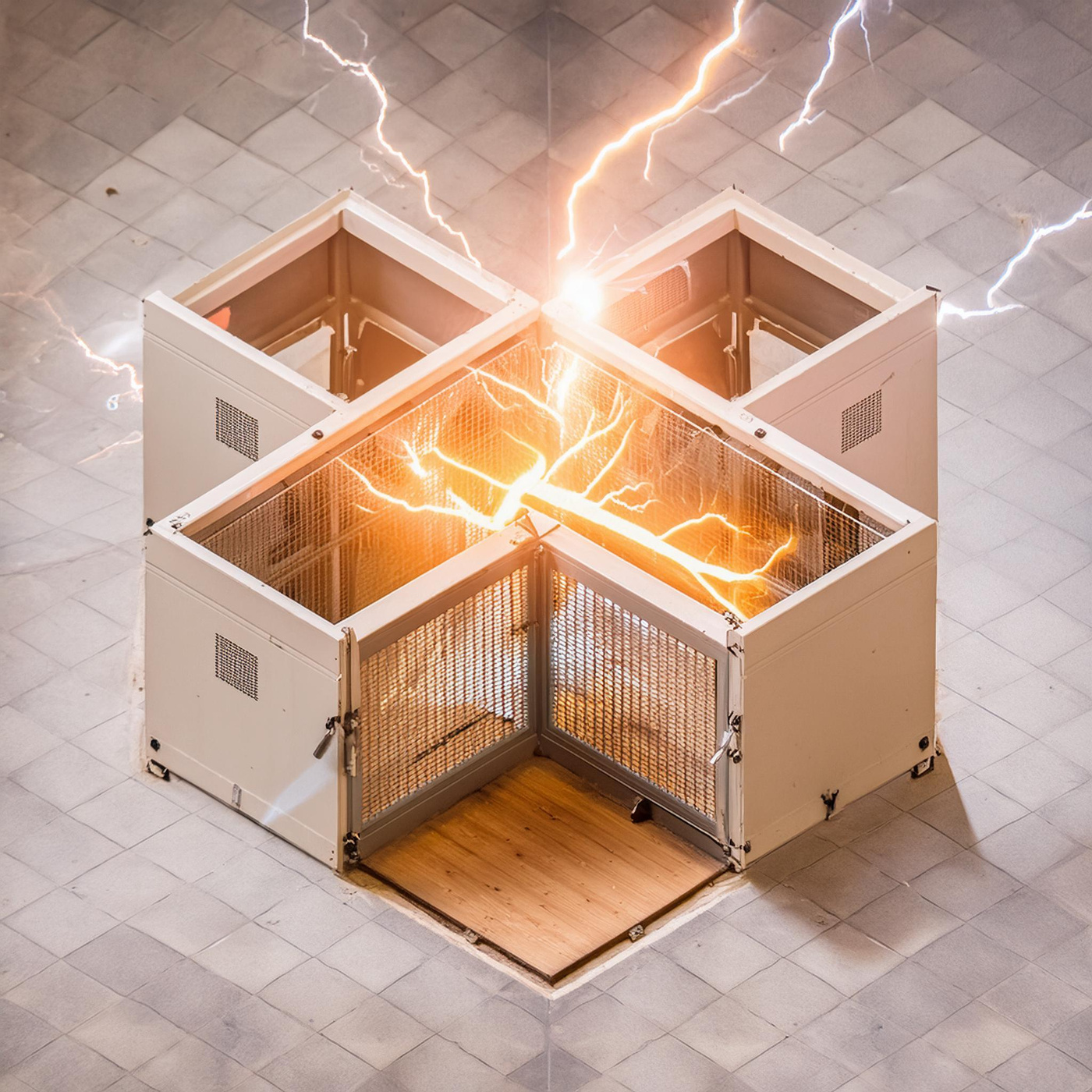

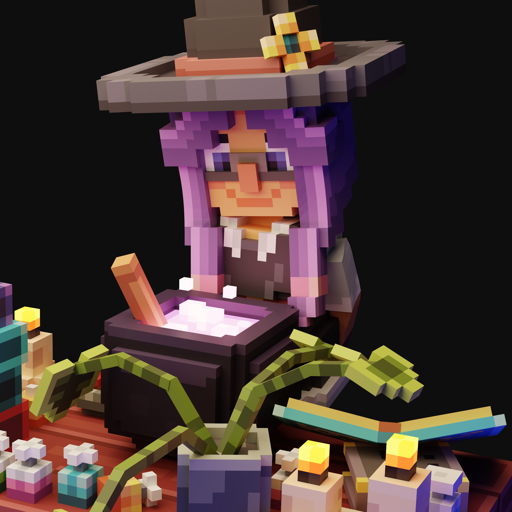
@direwolf_spirit Thanks for sharing your experience with us!
Personally, I have no experience in Voxel art, but reading your post I can see that everything is possible. The rules are mostly the same as in 2D art.
The most valuable thing is that we can reach you out to ask a piece of advice if needed. Especially when someone is just staring out the journey in Voxel.
I have no words to describe the feeling of having such talented people in one place⭐️
In the end, I strongly believe that all the members of the community will bring so much epic stuff to the Sandbox and future projects🔥
@direwolf_spirit Oh my gosh, this is beautiful! I was fascinated reading it, and I’ve been working with voxel art for five years, so I thought I knew it all—but this was still super interesting! 👀
The hippo is adorable, and that fish board is pure elegance! I absolutely love your voxel art!💎
Thanks for sharing!
Hi @direwolf_spirit! Thank you so much for such a valuable post. It’s always interesting to read tips and tricks from professionals. I really loved the little witch with purple hair—I’d love to see an experience in that kind of setting 🤩
Is it just me, or do you also use PureRef for references?